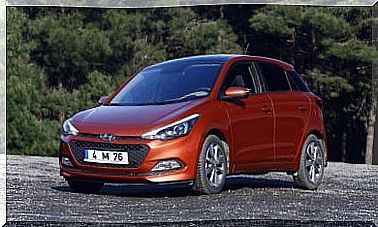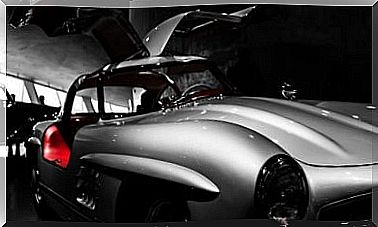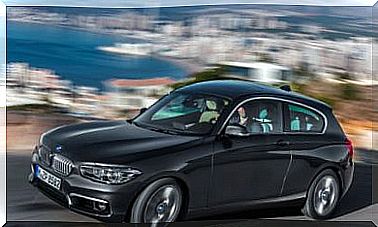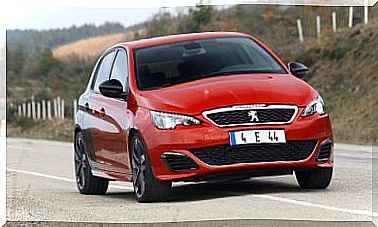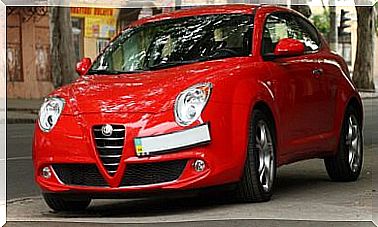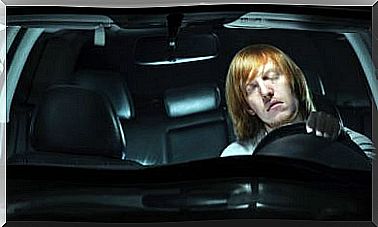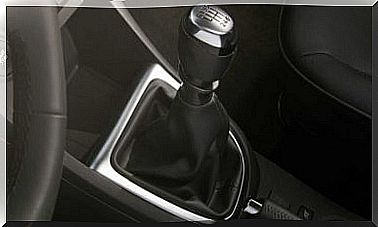Audi Q7, Ingolstadt’s Most Powerful SUV

The Audi range is divided into two fronts apart from the TT and R8 sports cars. On the one hand there is the conventional range, whose nomenclature is Ax depending on the model, and an SUV range named Qx. If on the one hand the extravagant and luxurious A8 stands out, its in terms of SUVs would be the imposing Audi Q7.
With the second generation launched in 2015, it is a model that responds to the needs of a world in which more people live every day: in that of ostentation, luxury, the bigger the better. The Q7 doesn’t fit the current market canons, but its sales are still going strong.
Exterior and interior design
With the major redesign that the model underwent with the arrival of the second generation, the Audi Q7 now looks much more robust and boxy, but loses its pure off-road air along the way to get closer to the ground. Now it is an SUV in the strictest sense of the word and what it wants is asphalt.
Despite this, the large Audi SUV maintains its spacious cabin with room for 5 or 7 occupants comfortably. An interior that is decked out with the latest innovations of the brand, with aluminum or wood trim, seats of all kinds and four-zone climate control.

In a very modern way, all the interior lighting is LED . Highlights the large ventilation intake on the dashboard, the size of the central screen, the use of the Virtual Cockpit and a sound system with up to 23 speakers.
However, all the luxury of the interior is diluted once you take a look at the exterior. It’s a modern new car, but it seems to have been on the market for ages. As they say, it was born expired, at least from a server’s point of view.
The front, as announced by Audi shortly before its launch, had to be redesigned when the project was almost finished, which is why it looks so nondescript. The typical Singleframe grille does not look like the ones used before by the brand, much less that of the latest releases; is in no man’s land.
The side is rather simple, with a multitude of straight lines. However, there is something that does not quite convince, and that is that seen in profile, although the car is empty it seems that it is loaded. After two years on the market there is still the question of why it gives that feeling, but it is not pleasant.
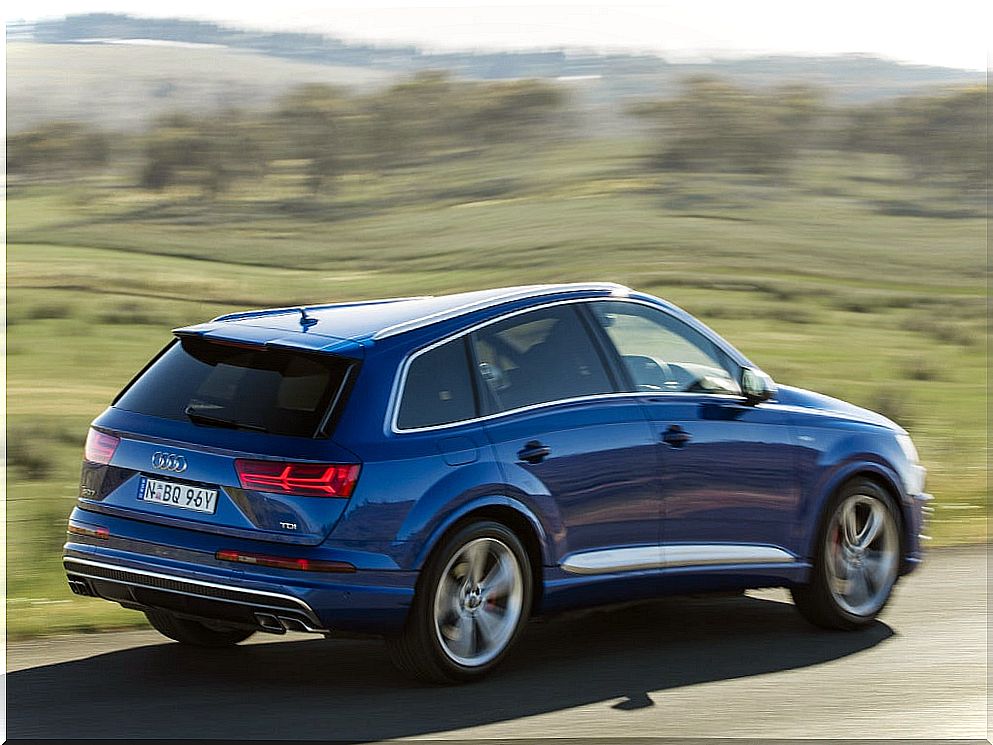
Mechanical range
In the mechanical section, the second generation of the Audi Q7 is accompanied by a short range of propellants, although there are two very desirable versions that we will discuss later. What does not change is the combination of the Quattro all-wheel drive and the 8-speed Tiptronic automatic transmission.
For mortals, a 333 hp gasoline engine and two diesel engines, 218 hp (ultra) and 272 hp, are available. The arrival of a more accessible gasoline is expected, while the diesel range is more than complete. E hese three mechanical drive based on a V6 3.0L.
Halfway in terms of base power between the two diesel engines is an interesting proposal that is a novelty in the range. It is the Q7 e-tron, a plug-in hybrid that extracts 258 hp from the V6 3.0 TDI block, and combines them with a 128 hp electric motor.
The total power is 374 hp and an abusive 700 Nm of torque. Remember that in the case of hybrids the powers are not summative due to energy losses. In case of being it, we would obtain 386 CV.
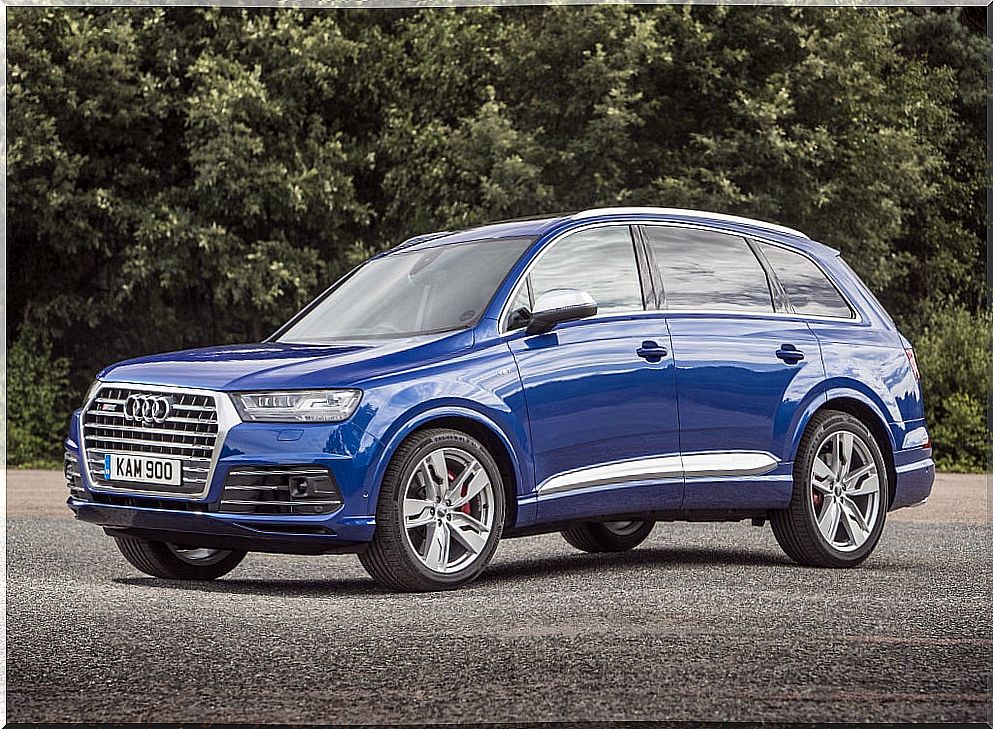
With these credentials, the homologation figures announced by this plug-in hybrid are surprising, with an average consumption of 1.9 liters per 100 kilometers and emissions of 50 grams of CO2 per kilometer. Of course, it has the capacity to travel up to 56 kilometers completely electrically.
As a top-of-the-range version is the sporty SQ7. With its new generation turbocharged diesel V8, it is the natural replacement for the now legendary Q7 V12 TDI. With 435 hp, it is the most powerful of all and, thanks to various improvements in its set-up, it enjoys greater poise on the road.
Prices
Starting with the only TFSI gasoline engine, the recommended price of this is 67,890 euros, although it is not the most affordable option. This place is occupied by the Q7 Ultra, available from 63,660 euros. The conventional TDI model does the same from 67,760 euros, so it is on a par with the TFSI model.
Considerably more expensive is the hybrid option. The Audi Q7 e-tron has a starting price of 84,620 euros, although for high prices there is the SQ7, with a base cost of 113,130 euros without optional equipment. Due to the high price of the hybrid, it is exempt from any government aid, such as the MOVALT Plan.
Data Audi Q7
- 5 doors
- 5 and 7 seats
- Luggage compartment: 890 liters (5 seats), 770 liters (7 seats) and 650 liters (e-tron)
- Quattro all-wheel drive
- V6 and V8 engine with powers ranging from 218 hp to 435 hp
- Consumption and emissions: From 1.9 l / 100 km and 50 g / km of CO2 (hybrid version)
- 8-speed Tiptronic automatic transmission
- Price: from 63 660 euros

